Permit cost for gorilla trekking in Uganda
Permit cost for gorilla trekking in Uganda : Gorilla trekking is one of the best sellers on the tourism market of Uganda. Actually, you are guaranteed 100 percent of seeing the gorillas in both Bwindi and Mgahinga National Park. In fact, according to the reviews of tourists, it is the most exhilarating activity best done in Uganda and Rwanda. As a matter of fact, the encounter with the endangered mountain gorillas in their natural habitat is such a sentimental experience and will always make you satisfied.
 However, to trek for the mountain gorillas in Uganda and Rwanda, one needs to possess a permit that allows you to participate in this activity within a given area in these countries. Besides, in Uganda, the permit also grants you permission to trek the gorilla families in Bwindi and Mgahinga National Park. As a result, the gorilla trekking permits helps to fundraise for the local community, as social corporate responsibility, which in turn sensitizes people about conservation of the wildlife. Effective 1st April 2024, the gorilla trekking permits increased for both trekking and habituation in Bwindi and Mgahinga National Park. The increase is as follows;
However, to trek for the mountain gorillas in Uganda and Rwanda, one needs to possess a permit that allows you to participate in this activity within a given area in these countries. Besides, in Uganda, the permit also grants you permission to trek the gorilla families in Bwindi and Mgahinga National Park. As a result, the gorilla trekking permits helps to fundraise for the local community, as social corporate responsibility, which in turn sensitizes people about conservation of the wildlife. Effective 1st April 2024, the gorilla trekking permits increased for both trekking and habituation in Bwindi and Mgahinga National Park. The increase is as follows;
| Gorilla Trekking in Bwindi and Mgahinga National Park | ||||
| STATUS | FNR US$ | ROA US$ | FR US$ | EAC UGX |
| Gorilla permit | 800 | 500 | 700 | 300,000 |
| Gorilla habituation experience | 1,500 | 1,000 | 1,000 | 750,000 |
Gorilla permit distribution
All the gorilla permits in Uganda are printed by the Uganda Wildlife Authority, under the government of Uganda. It is also responsible for the sale of gorilla permits as well as distribute them to the tour companies. The Uganda Wildlife Authority generally distributes about 152 gorilla trekking permits every day. These permits basically cover the visitation of the mountain gorilla families in the four sectors of Bwindi National Park. It further sells about 8 permits for the gorilla habituation, for each day in Bwindi and Mgahinga National Park.
Best seasons for Gorilla trekking
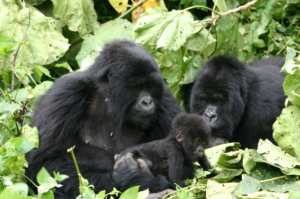 As a matter of fact, the Uganda gorilla trekking permits are highly demanded by tourists from all over the world. During the peak season, the permits become highly demanded and precautions need to be taken to secure a permit in time or else miss out. Peak seasons months for mountain gorilla trekking in Uganda include; December, January, February and June to October. The other months of the year are not competitive for gorilla trekking however, they are truly suitable for gorilla habituation. For this reason, you are advised to secure your mountain gorilla trekking permit in advance or earlier enough. As a matter of fact, no permit is sold on the day of gorilla trekking.
As a matter of fact, the Uganda gorilla trekking permits are highly demanded by tourists from all over the world. During the peak season, the permits become highly demanded and precautions need to be taken to secure a permit in time or else miss out. Peak seasons months for mountain gorilla trekking in Uganda include; December, January, February and June to October. The other months of the year are not competitive for gorilla trekking however, they are truly suitable for gorilla habituation. For this reason, you are advised to secure your mountain gorilla trekking permit in advance or earlier enough. As a matter of fact, no permit is sold on the day of gorilla trekking.
Where to buy gorilla trekking permits in Uganda
All the gorilla trekking permits are issued by the Uganda Wildlife Authority at their offices in Kamwokya-Kampala capital city. However, to avoid running on time, you can trust a tour operator to run for your permit so that you just come and enjoy your gorilla trekking in Uganda. Note that; all gorilla permits are only sold to tour operators licensed by the Uganda Tourism Board (UTB).
Price of gorilla trekking now
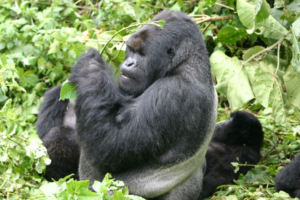 The mountain gorilla trekking permits in Uganda are sold at 800usd for non-foreign residents, per permit per person, for trekkers to in Bwindi and Mgahinga National Park. On a contrary, the nationals of East Africa book their mountain gorilla trekking permits at 300,000shs. Still the tourists from the East African community, will need to book for their gorilla trekking permits in advance to avoid missing out on gorilla trekking. No doubt, Uganda today, is the best destination for mountain gorilla trekking in terms of cost and the number of gorilla families. On the other hand, gorilla habituation permits runs for 1,500usd for non-foreign residents and 750,000shs for East Africans.
The mountain gorilla trekking permits in Uganda are sold at 800usd for non-foreign residents, per permit per person, for trekkers to in Bwindi and Mgahinga National Park. On a contrary, the nationals of East Africa book their mountain gorilla trekking permits at 300,000shs. Still the tourists from the East African community, will need to book for their gorilla trekking permits in advance to avoid missing out on gorilla trekking. No doubt, Uganda today, is the best destination for mountain gorilla trekking in terms of cost and the number of gorilla families. On the other hand, gorilla habituation permits runs for 1,500usd for non-foreign residents and 750,000shs for East Africans.
Regulations for gorilla permits
The gorilla permits are legal licenses allowing you and your colleagues to visit a particular mountain gorilla family. The different gorilla permits issued are designed basing on the choice of the tourist on the gorilla family needed, the age of the tourist, and other interests. The trekking permits in Uganda are only and only issued to the travelers above the age of 15years old since the children below the age of 15years are considered too young for this activity.
Gorilla permit booking requirements
To book for your gorilla trekking permit in Uganda, you will be asked to comply with us or any other registered tour operators for the smooth flow of the booking process. The gorilla trekking permit is a legal document and your profile is always a requirement, some of these include;
- Your name is very important for easy identification whereby the name on the gorilla trekking permit should be the same name you legally use on all your documents like the visa and passport.
- Details of your passport are needed by the Uganda wildlife authority to print your permit. However, your details on the passport should match with the details on the gorilla trekking permit to avoid inconveniences.
- You are required to pay a certain percentage as booking fee for your gorilla trekking permit, to your tour operator. Afterwards, the tour operator will use the fee paid to process all your permit documents.
Gorilla trekking permit validity
The permit is always valid from the time when the trekking starts, until it is done for the day. Its validity includes the time spent while tracking your gorilla family plus the one hour of encounter; after that, the validity expires. Note that; the gorilla trekking permits in Uganda are valid for only one day. Besides, don’t forget to book in time, about 4 months before the actual trekking day. For more information, you can talk with us for the best bespoke gorilla trekking safari in Uganda.
Rules and Regulations
- The Uganda Wildlife Authority issues gorilla trekking permits to anyone above the age of 15 years as long as it is booked in time.
- Uganda Wildlife Authority only allows a maximum of 8 visitors to trek a single gorilla family, thus, minimizes behavioral disturbance to the gorillas and also exposure to human borne diseases.
- Observing gorillas should be done at least 7 meters away since this makes the gorilla group more relaxed and uninterrupted. However, if gorillas come close to you, you can interact with them but don’t feed them.
- To avoid disturbing the gorilla group, you are supposed to keep your voice down once you have located and observed the gorilla group until you are about 200 meters away from it.
- Taking pictures of gorillas requires tourists to move slowly and carefully. It is also strongly recommended that flash cameras are not used since they scare gorillas when they see them.
- Mountain gorillas can only be viewed for one hour at most, however, if the gorillas feel disturbed during your visit, the guide might tell you to leave early if they feel disturbed.
- Visitors with contagious diseases cannot visit mountain gorillas. Suppose you have a disease and the staff does not notice it. In that case, it is highly recommended that you volunteer and stay behind to prevent transmitting diseases to gorillas.
What to pack for gorilla trekking
Passport
You need to have a passport with you since its one of the requirements needed by Uganda Wildlife Authority. In fact, the passport helps them find out it you have the right age for gorilla trekking since it holds your birth date.
Facemask
Gorillas share most of our genome, which means they could catch any contagious diseases carried by humans, especially respiratory ones. The same is true for us; we could catch infectious diseases from these great apes. However, you won’t have to wear the facemask while hiking through the jungle, only during your time with the gorillas.
Hiking boots
The jungle floor is a dump, and there are no designated hiking trails, so you’ll have to put your best foot forward. Therefore, here you will not need your canvas but rather wear comfortable hiking shoes suitable for steep muddy slopes
Hiking gloves
Hiking or outdoor gloves will come in handy when you have to clear your path and grip a branch to avoid sleeping on steep slopes. They’ll also keep you from leaving dangerous organisms on the things you touch during your trek.
Waterproof jacket
Since Bwindi and Mgahinga are rainforests, rain is expected any time of the day. Therefore, pack a light waterproof jacket for protection against the disturbing rain and thereby protecting yourself from getting wet.
Long-sleeved shirt/Trouser
The long sleeve shirt will also keep the bugs and thorny branches away from your skin. Please make sure they are light and won’t collect heat inside. Avoid the camouflage army like coloring or decoration, they’re reserved for the ranges or military, and it’s illegal to wear camouflage in Uganda and Rwanda. Pick up some kaki, green or light colors that won’t excite animals
Energy snacks
Lodges usually pack you something for lunch or snacking, which you throw in your backpack, and the guides typically allow short snack breaks. Still, you can carry something familiar like an energy bar and at least a liter of drinking water.
Cameras and extra Batteries
To avoid not missing out on the wonderful moments with the gorillas, a good camera is recommended. Also, pack extra batteries for your camera and a spare flash drive or memory card. This place is full of too many beautiful memories to store.
Pair of binoculars
Since gorilla trekking is done in forests, expect to come across some primates and bird species up in the trees as well as some from a far distance.
Insect repellents
And not just any tropical jungle; the African jungle with the highest species of animals, bugs, and all kinds of creepy crawlies on the continent. The bug spray will help you avoid unnecessary itching from most bugs.

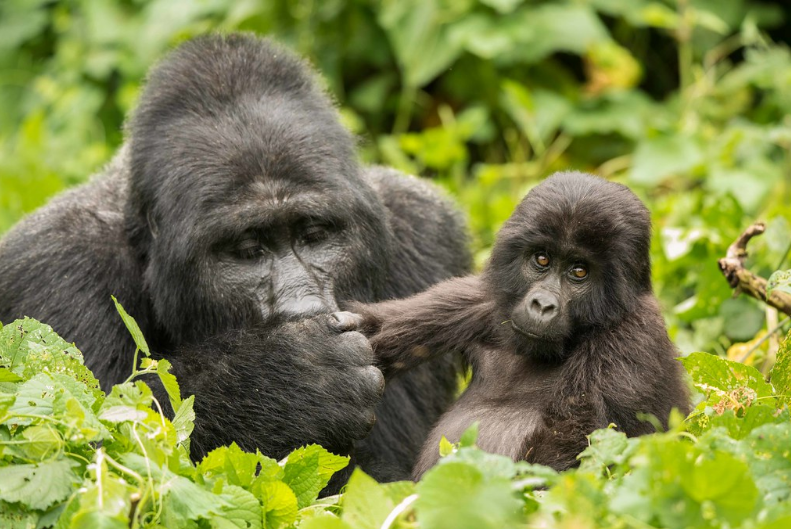
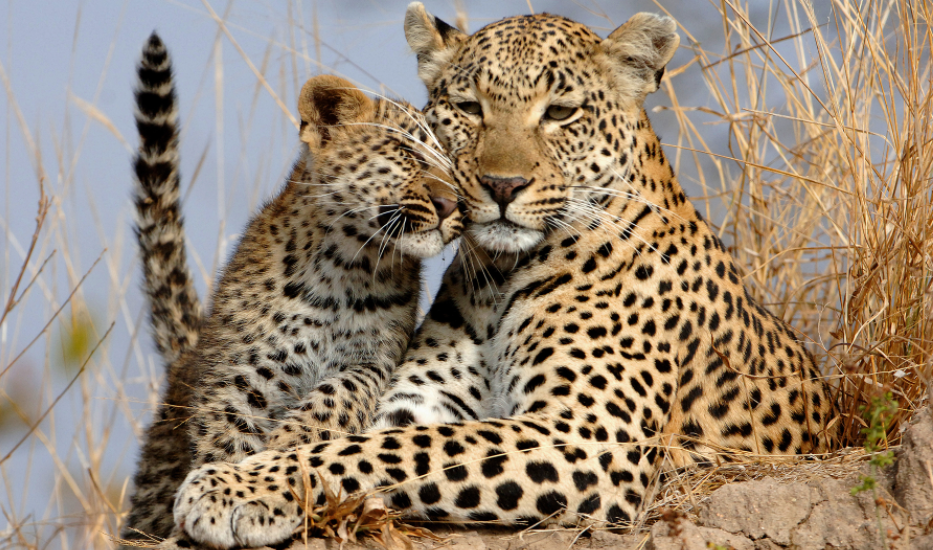
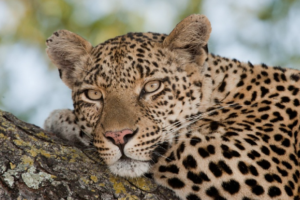

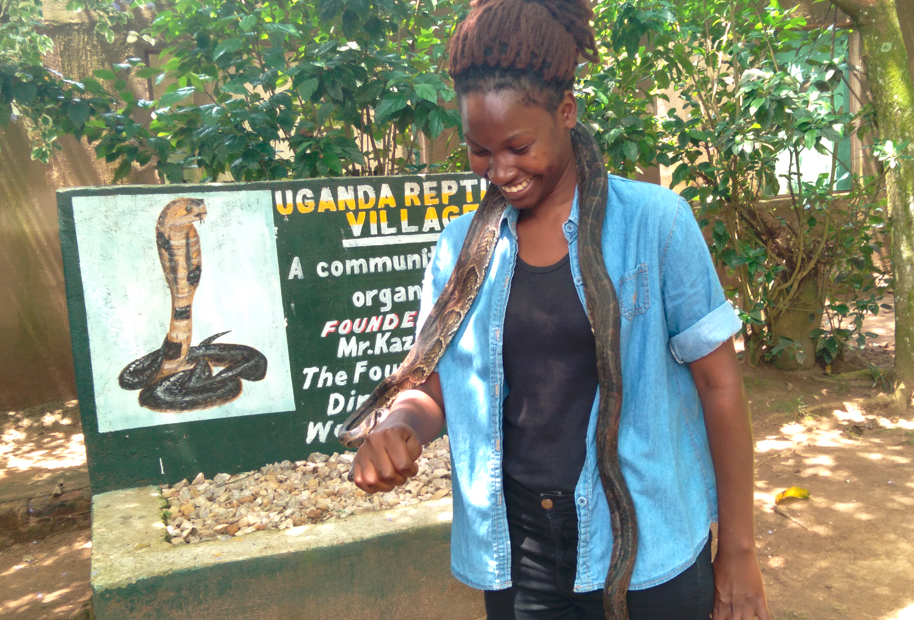
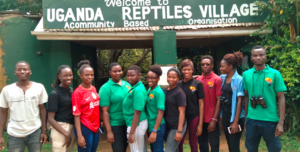 Background
Background 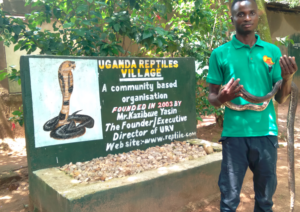 You will also get a golden opportunity of lifting the African python snake. However, it’s done in the presence of a well-trained supervisor.
You will also get a golden opportunity of lifting the African python snake. However, it’s done in the presence of a well-trained supervisor. 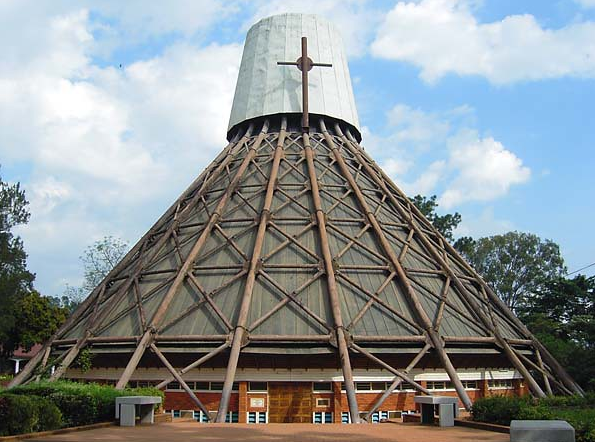

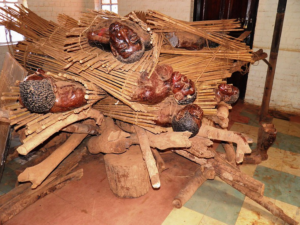
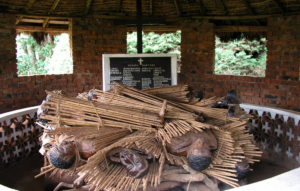
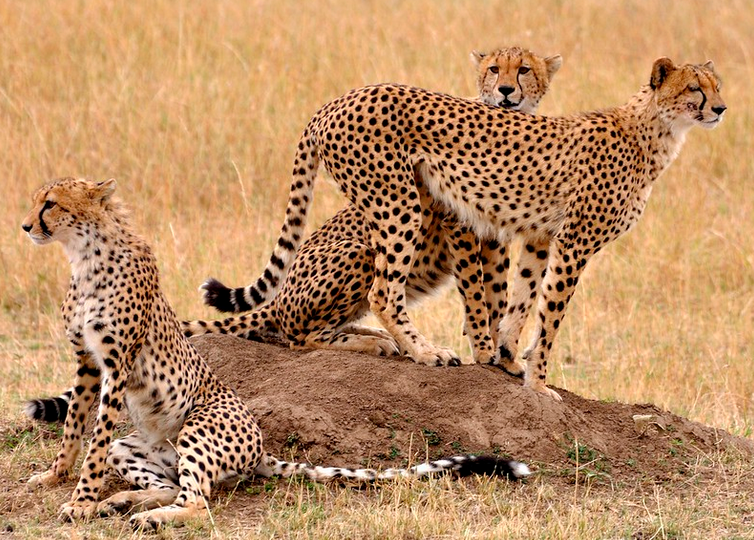
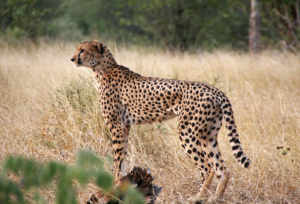 Size
Size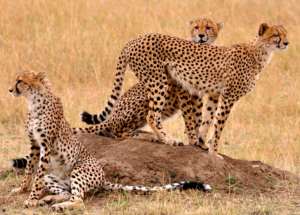 They are solitary animals and males have been seen living in coalitions. They generally appear extremely tolerant of close proximity to other males. The related members of the coalition will even take part in play and physical contact such as grooming. On the other hand, the unrelated males will generally stick to themselves while remaining in the coalition. Like all females, there are some males who stick to themselves who do not belong to the coalition. In addition, they never stay in one place for long and are referred to as nomads. At times, a male will company a female for a short while after mating, but most often the female is alone with the cubs. Mothers basically spend a long time teaching their young ones how to hunt.
They are solitary animals and males have been seen living in coalitions. They generally appear extremely tolerant of close proximity to other males. The related members of the coalition will even take part in play and physical contact such as grooming. On the other hand, the unrelated males will generally stick to themselves while remaining in the coalition. Like all females, there are some males who stick to themselves who do not belong to the coalition. In addition, they never stay in one place for long and are referred to as nomads. At times, a male will company a female for a short while after mating, but most often the female is alone with the cubs. Mothers basically spend a long time teaching their young ones how to hunt. 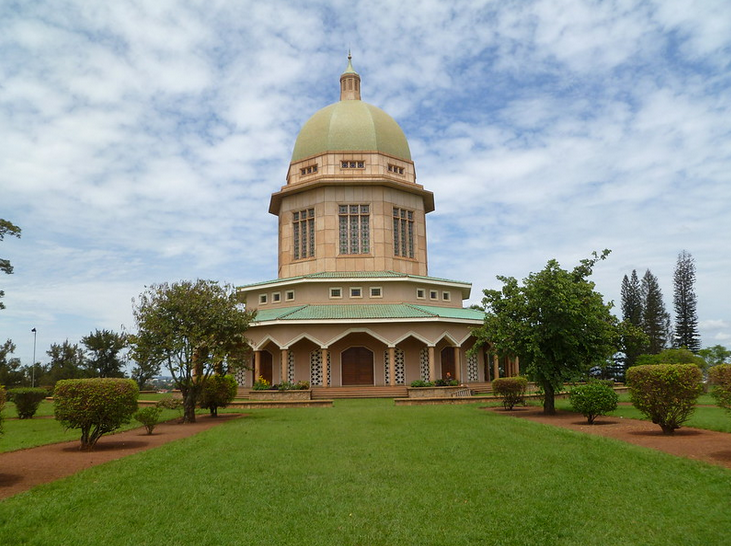
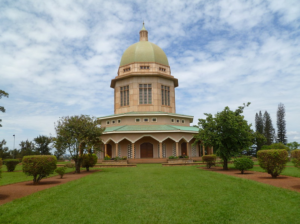 The temple is a house of worship also known as Mashriq I’-Adhkar, and open to all people in the world acting as a spiritual gathering place. As a matter of fact, there is only one Bahai temple in each continent and
The temple is a house of worship also known as Mashriq I’-Adhkar, and open to all people in the world acting as a spiritual gathering place. As a matter of fact, there is only one Bahai temple in each continent and 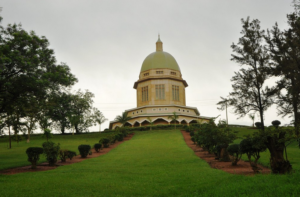 Spiritual gatherings
Spiritual gatherings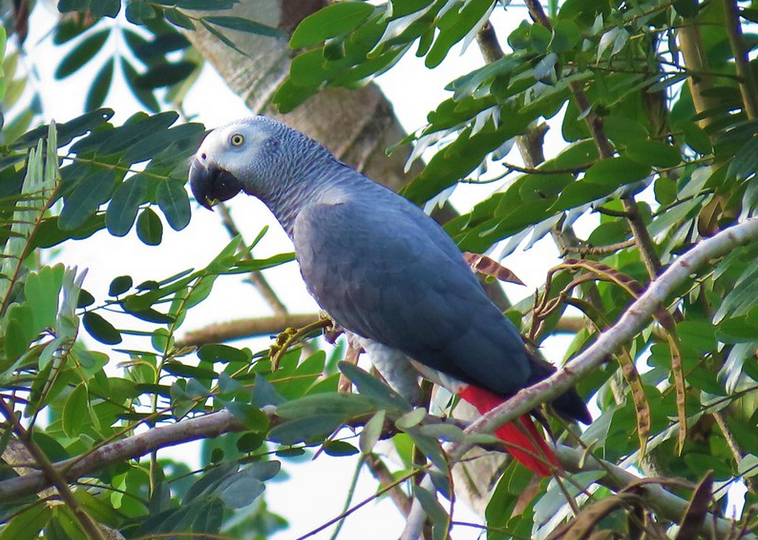
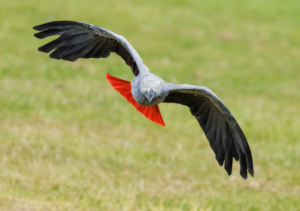 Many of the grey contour feathers are edged with white, giving them a smooth, lacy appearance. In fact, at a certain degree, they tend to be sexually dimorphic. One can basically differentiate the sex of these birds once the birds is nearly 18 months of age. Here, the male parrot’s tail remains solid red while a female’s tail becomes red but tipped with silver. The underparts of the male’s wings become dark while for the female’s remain light. Secondly, sex can be differentiated according to the size whereby males have a more slender and narrower head. On the other hand, the females have got longer necks with larger and rounder heads.
Many of the grey contour feathers are edged with white, giving them a smooth, lacy appearance. In fact, at a certain degree, they tend to be sexually dimorphic. One can basically differentiate the sex of these birds once the birds is nearly 18 months of age. Here, the male parrot’s tail remains solid red while a female’s tail becomes red but tipped with silver. The underparts of the male’s wings become dark while for the female’s remain light. Secondly, sex can be differentiated according to the size whereby males have a more slender and narrower head. On the other hand, the females have got longer necks with larger and rounder heads.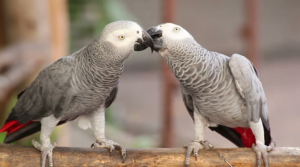 Unlike other parrots that are often found in mixed flocks, these flocks always comprise of only African grey parrots. Furthermore, during the day, they break into smaller flocks and fly longer distances to forage. The young birds stay with their family groups for a long period of time for several years. They socialize with others of their agemates in nursery trees, however remain in their family groups within the larger flocks. They are also cared for by older birds until they are educated enough and old enough to become independent flock members. The young need to learn a complex set of skills such as differentiating desirable food plants from toxic plants, how to recognize and avoid predators, how to defend territory, etc.
Unlike other parrots that are often found in mixed flocks, these flocks always comprise of only African grey parrots. Furthermore, during the day, they break into smaller flocks and fly longer distances to forage. The young birds stay with their family groups for a long period of time for several years. They socialize with others of their agemates in nursery trees, however remain in their family groups within the larger flocks. They are also cared for by older birds until they are educated enough and old enough to become independent flock members. The young need to learn a complex set of skills such as differentiating desirable food plants from toxic plants, how to recognize and avoid predators, how to defend territory, etc. The breeding season varies by locality however appears to coincide with the dry season. These grey parrots usually breed twice a year and normally mate several times a day for several weeks before the first egg is laid. Females lay a clutch of three to five roundish eggs, each at intervals of two to five days. However, the females incubate the eggs while being fed entirely by the males. Incubation takes approximately (26-30) days with the average being 28 days. Fledgling from the nest is always at (10-12) weeks of age. After the young emerging from the nest, weaning takes another 3-4 weeks by both parents nourishing, raising and protecting their off springs until they reach independence.
The breeding season varies by locality however appears to coincide with the dry season. These grey parrots usually breed twice a year and normally mate several times a day for several weeks before the first egg is laid. Females lay a clutch of three to five roundish eggs, each at intervals of two to five days. However, the females incubate the eggs while being fed entirely by the males. Incubation takes approximately (26-30) days with the average being 28 days. Fledgling from the nest is always at (10-12) weeks of age. After the young emerging from the nest, weaning takes another 3-4 weeks by both parents nourishing, raising and protecting their off springs until they reach independence.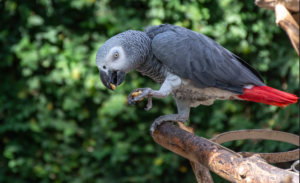 These birds are basically herbivores and frugivores which means that the vast majority of their diet consists of fruits. Their primary food sources are generally fruits, seeds and nuts. However, they are also known to eat tree bark, insects, flowers and snails. Their favorite food source in the wild is usually oil palm fruit. Besides, when searching for food, these birds fly or climb to the ground to forage for ripe fruit that has fallen from tress. The best food for an African grey parrot in captivity is a high-quality formulated pellet supplemented with fruits. These include; apples, pears, carrots, oranges, bananas, cucumbers, peas, celery, seeds, melon, etc. Additionally, they also provide fresh vegetables such as leafy greens like sprouts and healthy seeds like flaxseeds.
These birds are basically herbivores and frugivores which means that the vast majority of their diet consists of fruits. Their primary food sources are generally fruits, seeds and nuts. However, they are also known to eat tree bark, insects, flowers and snails. Their favorite food source in the wild is usually oil palm fruit. Besides, when searching for food, these birds fly or climb to the ground to forage for ripe fruit that has fallen from tress. The best food for an African grey parrot in captivity is a high-quality formulated pellet supplemented with fruits. These include; apples, pears, carrots, oranges, bananas, cucumbers, peas, celery, seeds, melon, etc. Additionally, they also provide fresh vegetables such as leafy greens like sprouts and healthy seeds like flaxseeds. 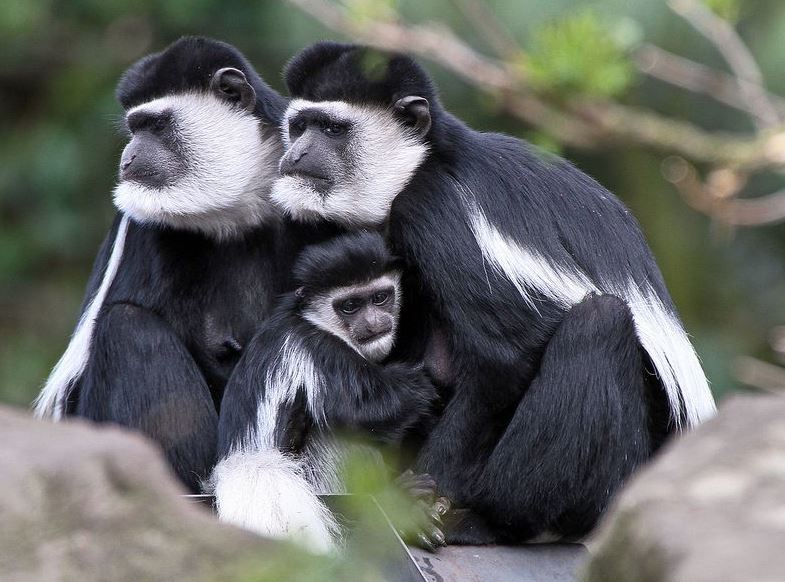
 Physical description
Physical description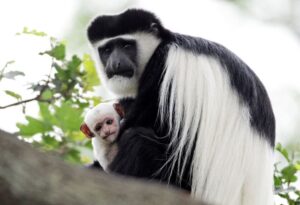
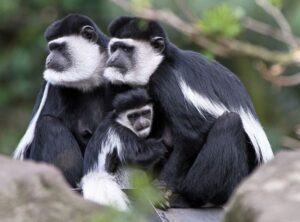 There is always no true leader of a group although strong males usually take leadership roles. Territories may overlap and marginally they are vigorously defended by males. These territories are defended by leaps and cries, hand-to-hand communication, fighting, etc. Additionally the displays of the white fringe fur flapping up and down serve as a warning to other animals. In order to have defense against their predators like eagles, the species simply attempts to avoid and hide from them. However, they also at times been seen in fights against other types of animals a practice termed to as baiting.
There is always no true leader of a group although strong males usually take leadership roles. Territories may overlap and marginally they are vigorously defended by males. These territories are defended by leaps and cries, hand-to-hand communication, fighting, etc. Additionally the displays of the white fringe fur flapping up and down serve as a warning to other animals. In order to have defense against their predators like eagles, the species simply attempts to avoid and hide from them. However, they also at times been seen in fights against other types of animals a practice termed to as baiting.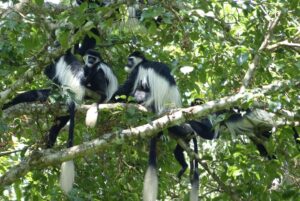 Their habitat ranges from tropical forests to dry forests and scrublands. They are generally found in high density forests where they forage on leaves. While in forests, they are highly arboreal and spend most of their time in the trees. However, in less dense forests, they will travel along the ground. Besides, they spend most their time searching for food and resting. In
Their habitat ranges from tropical forests to dry forests and scrublands. They are generally found in high density forests where they forage on leaves. While in forests, they are highly arboreal and spend most of their time in the trees. However, in less dense forests, they will travel along the ground. Besides, they spend most their time searching for food and resting. In 
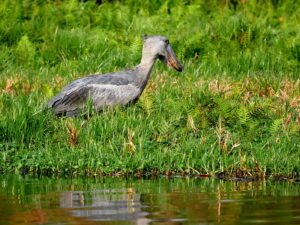 As a matter of fact, the mysterious shoebill is known to occur in mainly four countries. These include;
As a matter of fact, the mysterious shoebill is known to occur in mainly four countries. These include; 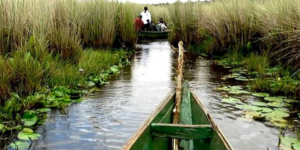
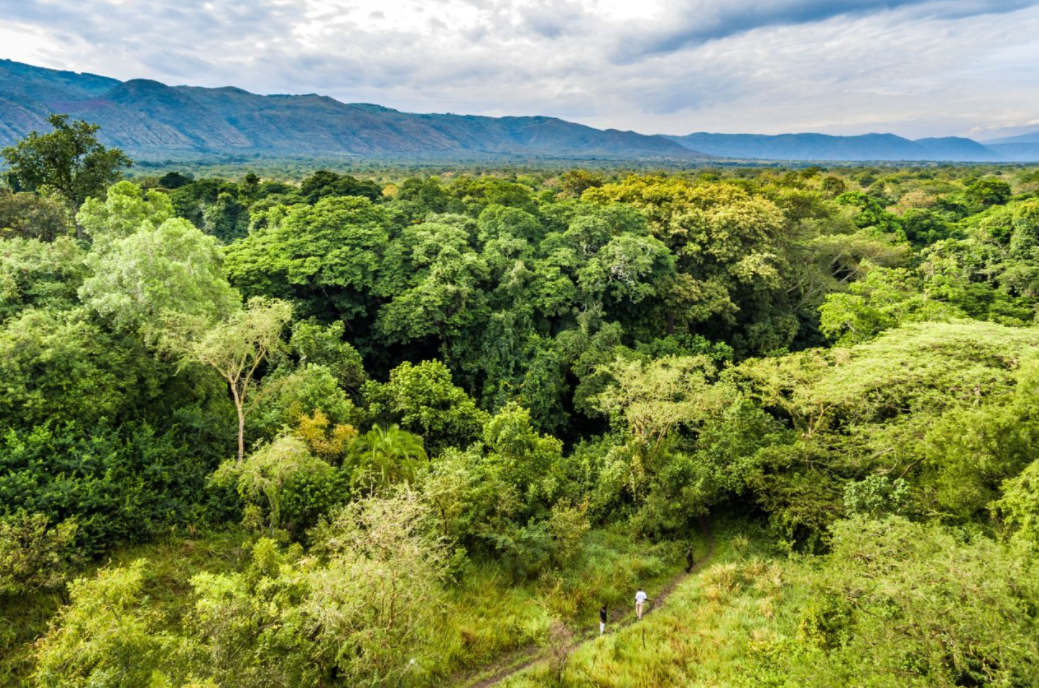
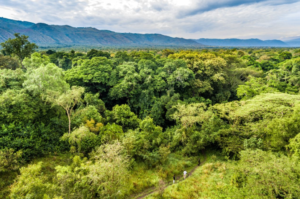 The main reason was to protect the large numbers of Uganda kobs in the area which is within Ntoroko and Kabarole districts.
The main reason was to protect the large numbers of Uganda kobs in the area which is within Ntoroko and Kabarole districts. 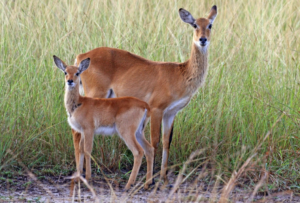 Game drives
Game drives




